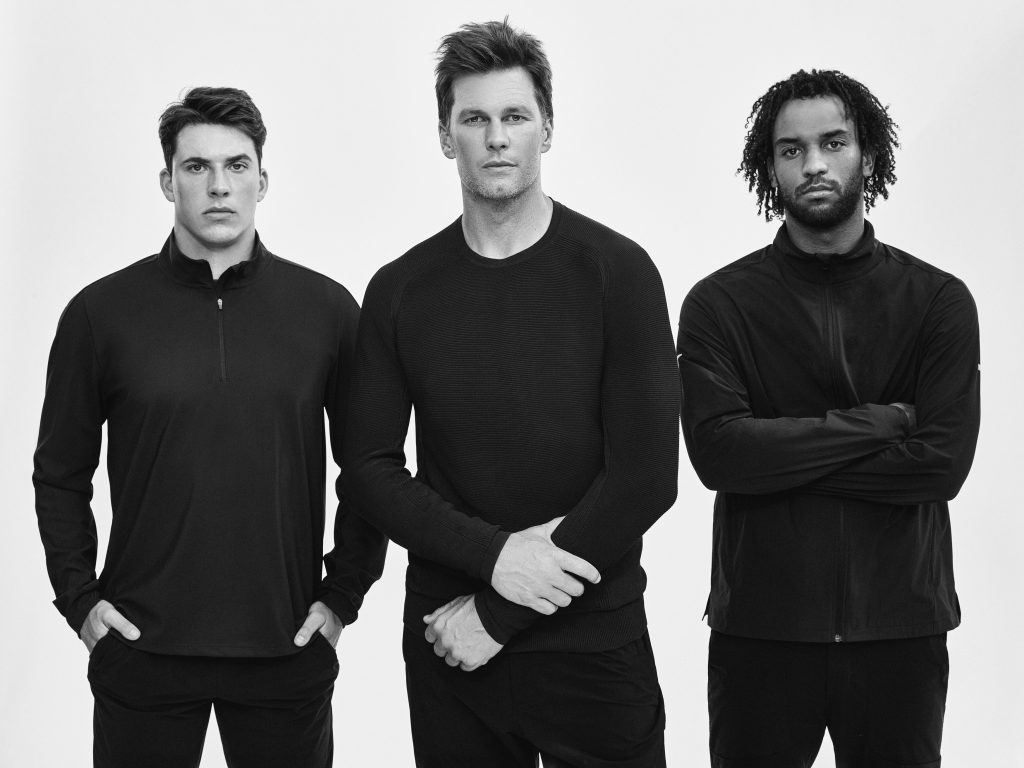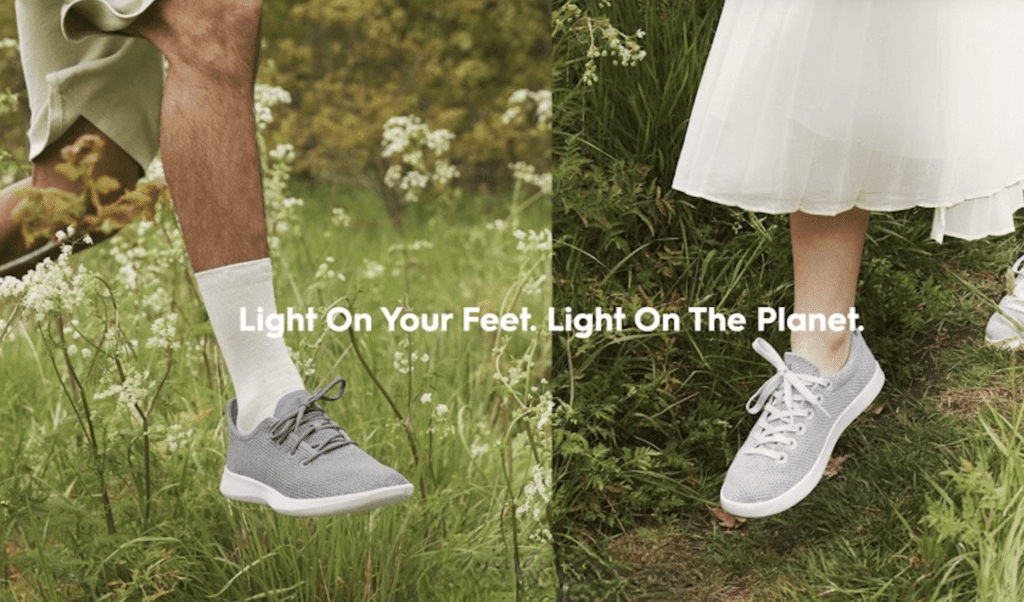For the first-ever ad campaign for his eponymous label last year, Tom Brady tapped a group of college athletes, including Jackson State QB Shedeur Sanders, University of Michigan tennis player Andrew Fenty, football player George Pickens from the University of Georgia, and hockey star Jack St. Ivany from Boston College, among others. Around the same time, StockX announced that college basketball star Paige Bueckers would serve as an ambassador for the resale marketplace, and American Eagle launched its #AEAthleticDept program to work with student athletes. More recently, apparel retailer Express released a campaign of its own fronted by Ohio State football players CJ Stroud and Jaxon Smith-Njigba, who will serve as the first two ambassadors in its new style ambassadors initiative.
All of these advertising efforts – and a growing number of others just like them – follow from the National Collegiate Athletic Association (“NCAA”)’s adoption of an interim policy in July 2021 that enables college athletes to receive compensation for the use of their name, image, and likeness (“NIL”) for the first time, shedding light on the burgeoning new field of marketing that puts college athletes at the center of campaigns for nationally-recognized brands.
The NCAA’s determination that brands can work with NCAA athletes is “game-changing,” as American Eagle chief marketing officer Craig Brommers put it last year, noting that the brand’s core consumers are between ages 15 and 25, making college-age individuals “an important part of that demographic.” Howver, advertising featuring college athletes is not without issues, particularly since the NCAA did not enact specific – or sweeping – NIL policies or rules and given that various states maintain different legal stances on student-athletes receiving compensation in exchange for the use of their NIL.
To date, more than two dozen states have adopted student-athlete NIL laws, with others having proposed bills of their own. “Differences among these many state laws have resulted in disparities among regions, divisions, and conferences, and arguably have provided recruiting advantages to schools with more lenient NIL policies,” Ropes & Gray attorneys stated in a recent note. They point to New Mexico’s law, for example, which “imposes relatively few restrictions on student-athlete NIL licensing.” On the other hand, Alabama’s college-athlete NIL law, which was repealed in February, previously “(i) prohibited student-athletes from exploiting their NIL in connection with certain activities, including alcohol, tobacco, and gambling; (ii) prohibited booster organizations from compensating student-athletes for NIL; and (iii) gave the student-athlete’s institution the right to force the rejection of an endorsement contract if the school concluded that there was a conflict with its own sponsorship deals.”
In lieu of federal legislation, specific NCAA NIL rules, and/or precedent from courts on NCAA enforcement that brands can follow, NIL activities and restrictions vary by state – and in many cases, by school, as well. “The patchwork of slightly varying state laws will likely produce scenarios in which certain types of businesses can contract with student-athletes in some states but not in others,” per Sheppard Mullin’s Skyler Hicks. In short: brands are facing uncertainty about how to navigate the new opportunities afforded by the NCAA’s NIL policy.
In addition to ensuring that any advertising or/and endorsement agreements with college athletes are in line with relevant states’ laws, comply with NCAA policies, and not run afoul of the rights – and any existing sponsorship deals – that the athletes’ universities maintain. “A frequent hot topic in NIL deals has been the potential for conflicts with existing school or team sponsorships and with the use of school-specific intellectual property, which may involve the school’s logos, nicknames, slogans, mascots, venues, and in some cases, team colors,” Segal & Lewis LLP’s Drew Kastner. “Additionally, agreements between businesses and college athletes cannot conflict with existing school or team sponsorships with other companies.”
At the same time, brands should also be mindful of “other regulatory wrinkles that have not yet been ironed out,” according to Hicks, who says that “companies cannot currently enter NIL deals with foreign students.” In fact, “Student-athletes in the United States on an F1 Visa could lose their visas by accepting NIL deals given these visas largely bar foreign students from off-campus employment.” While companies can “likely circumvent this rule if the student-athlete does not perform any work on behalf of the brand in the United States, and the use of that student-athlete’s NIL occurs outside the country,” this requires them to stay abreast of developments in this space.
THE BOTTOM LINE: The NCAA’s adoption of an interim NIL policy is proving to be attractive to brands, including those outside of the sporting goods space. With a lack of unfirm rules, brands would be wise to look out for new NCAA guidelines, individual universities’ policies, changes in state laws, and the looming potential for federal legislation aimed at college athletes’ NIL.











